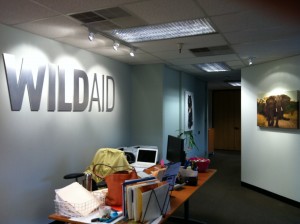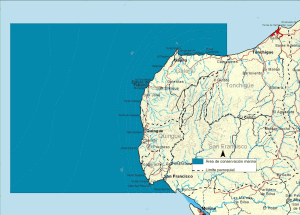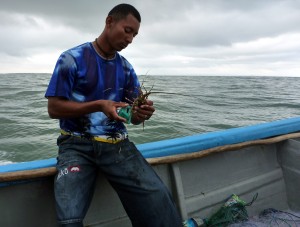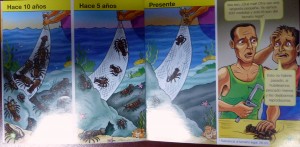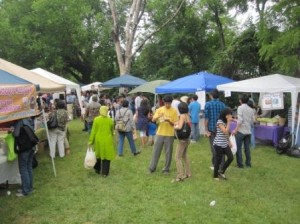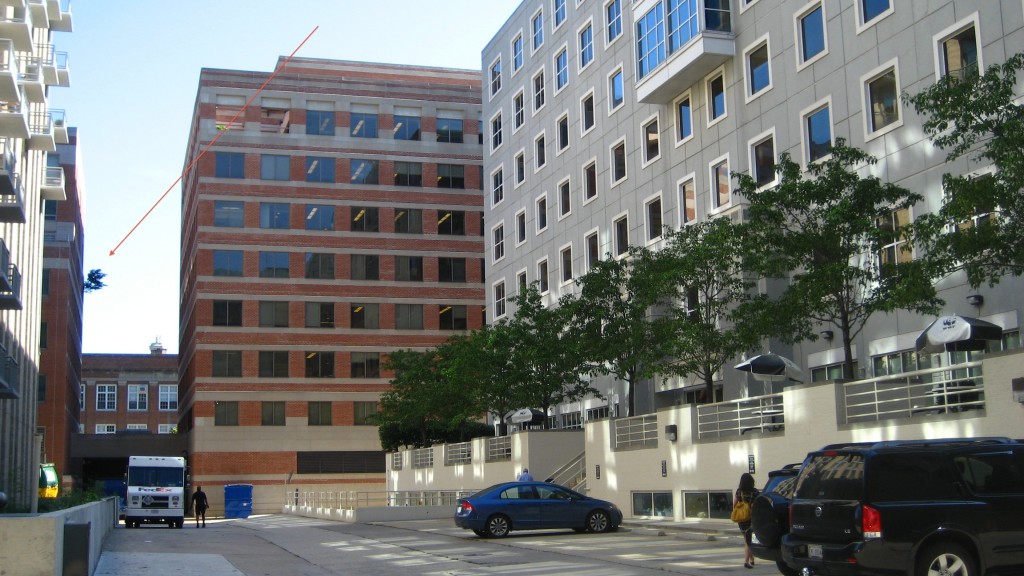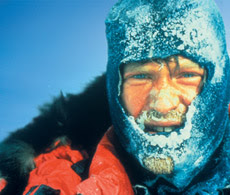Somehow until Tuesday, I had never stepped foot into a state capitol. Sure, I’ve been to many capitals, but never to the capitol.
On Tuesday I left my apartment at 6:15 a.m. to join a group of committed ocean-loving policy people on a visit to the capitol in Sacramento. The Senate Natural Resources & Water Committee held a hearing to vote on AB376, a bill that bans the purchase, sale or possession of shark fins.
The shark conservation movement continues to gain steam worldwide. Hawaii, Oregon and Washington have now banned the possession, sale or trade of shark fins. Honduras announced this week a shark sanctuary in all of their national waters. Sharks play an important role in ecosystems and they need some special protections.
A passionate group of marine conservationists are now working for a similar ban in California. Thanks to the dramatic and successful work of WildAid, I am familiar with the shark fin issue. Check out one of WildAid’s most powerful public service announcements.
The experience in the capitol involved a ton of standing around, holding signs, being polite to security guards and whispering my questions about the process with fellow supporters. I had a ton of questions about the hearing process—Why is that guy leaving before the vote? She voted affirmatively, right? What is my role? (just to be a body that raises her hand when asked who supports the bill) Who is that lady in a suit? Why would anyone send in a set of amendments after the deadline? How many people are on the committee? Where are they? Why are they late? How many votes do we need? Only three people voted? What just happened? So we have no result? Why would they wait until 2:00 to vote? No matter what they have to vote today, right?
After the hearing that resulted in nothing but questions, we stayed around to show our support for the bill and try to talk with one of the senators that seemed against it. Eventually we headed home and received news of the bill’s approval via text message. Now the bill heads to the appropriation committee. The good news is this: it passed this round, it’s gaining support and sharks are a bit closer to having the protection they need.
The experience felt a bit like high school civics class meets college environmental demonstrations. I learned a lot, supported sharks and met some awesome marine conservationists. I also went to bed really early that evening. Perhaps next time the lawmakers will be considerate enough to schedule the hearing at noon!
(If you’re interested in getting involved in the movement, here are links to a few sites that work on the the shark fin ban: WildAid, SeaStewards, Ocean Conservancy)
